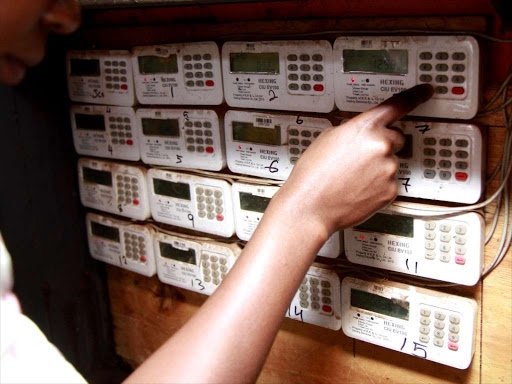

In his State of the Nation Address on Thursday, President Ruto said his administration would build 50 mega dams in five to seven years.
This is meant to bring 2.5 million acres of land under irrigation, transforming Kenya’s
arid and semi-arid regions into productive agricultural hubs.
“With dams, we can transform our arid and semi-arid
areas into hubs of agricultural production, even in the absence of rainfall. We
must never give up on the potential of these regions simply because they
receive little rain, and we must never confuse the lack of rain with the lack
of water,” he said.
The President framed the effort as a strategic
investment in food security, economic independence and agro-industrialisation.
However, this is not the first time the President has
made similar promises.
The dams promise was a key campaign agenda in the 2022
general election, at the time putting the number at 100 dams.
In October 2022, Ruto committed to building at
least 100 dams across the country as part of a long-term solution to the
country's drought problem.
Again in April 2023, during his visit to Kwale county to
break ground for the Sh18 billion Mwache Dam project, he pledged to build 100
large dams and 1,000 small ones.
The project was set to be completed in August 2026, but it was just about 47 per cent complete a month ago. The same is the case with Thwake Dam, whose works have gone past the contract period.
Water CS Eric Mugaa has
underscored the challenges in delivering the promise, citing financial
constraints. In July, he told the Senate that despite plans for 100 mega
dams, none had been completed.
He also cited limited private-sector interest,
noting that water infrastructure is capital-intensive and that low water
tariffs make it hard to attract investors.
“I would like to inform senators that large dams were to
be constructed under the public-private partnerships model,” Mugaa
said.
"However, investments in the water sector have not been successful. Water tariffs are not cost-recovery, which has made the sector not attractive to investors."
During the State of the Nation Address, Ruto said the
Ministry of Water had already mapped the precise
locations for many of the dams, naming sites across the country, including in
Mandera (High Grand Falls), Isiolo (Barsalinga), Machakos (Yatta), Kisumu (Soin
Koru), Laikipia (Rumuruti) and Embu (Thuci).
Others are the Sigly canal in Garissa, Soin Koru in
Kisumu, Rumuruti in Laikipia, Lowaat in Turkana, Muhoya dam straddling Nyeri
and Kirinyaga, Narosura in Narok and Arror in Elgeyo Marakwet.
President said the ministry would also implement Ndarugu
dam in Kiambu, Kokwanyo in Homa Bay, Rare in Kilifi, Tongaren in Bungoma and
many more strategic sites nationwide.
“These projects span the breadth of our republic,” the president
said, indicating that the government would fund the project via a National
Infrastructure Fund.
The funding plan has gained backing from the World
Bank, which called the dam initiative “Kenya’s most viable path toward
sustainable, high-yield agriculture”.
A funding breakthrough, however, seems to have
happened following Ruto’s recent visit to Qatar.
Following talks with Emir Sheikh Tamim bin Hamad Al
Thani in Doha on November 4, Ruto announced that Kenya had secured new support
from Qatar to advance its flagship irrigation and infrastructure plans.
“Qatar’s support for our mega-dam programme will be
central to enhancing food security and bringing nearly two million acres under
irrigation,” Ruto said.
The meeting happened on the sidelines of the Second
World Summit for Social Development.
Data from the Water ministry shows that the President seeks
to put at least a large dam in each of the 47 counties, including Itare Dam in
Nakuru, which has stalled for years.
“The ministry remains committed to working with all
stakeholders and partners to ensure this transformative project is delivered
and the people of Nakuru and the larger region benefit as envisioned,” Water PS
Julius Korir said.
The PS recently held a meeting with the Itare dam contractor
and Italian Deputy Ambassador Lorenza Maria on how to fast-track the
fulfilment of the outstanding conditions.
The government is yet to make significant progress
in Galana Dam, whose construction is geared towards boosting irrigation coverage
in the greater Galana Kulalu scheme.
A number of private investors are already queuing at the
ministry to take up the projects under the PPP framework.
Among the options the ministry is pursuing is to impose a
standing ‘water capacity base charge’ and ‘water capacity charge’ as part of
the incentives to the private sector.
“Water capacity charge means the payment throughout the
operation period, comprising the water capacity investment charge and the water capacity
fixed operation and maintenance charge,” a template seen by the Star reads.
Irrigation PS Ephantus Kimotho assured that the dams would be implemented.
“We are looking at the value-for-money component to ensure that the projects are sustainable,” he said on the sidelines of the ICPAK annual seminar.
















